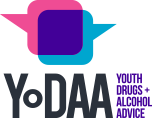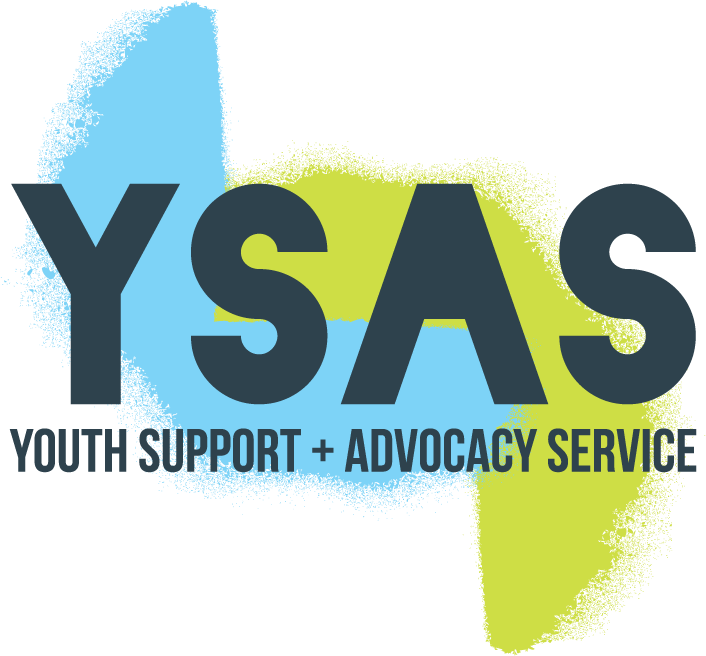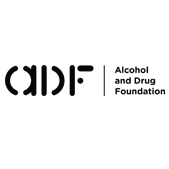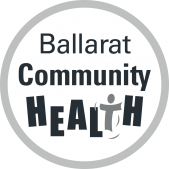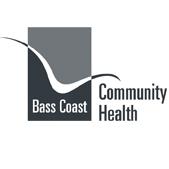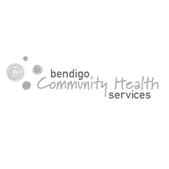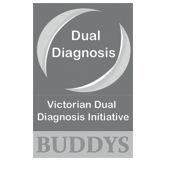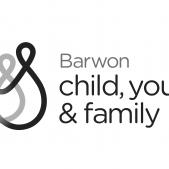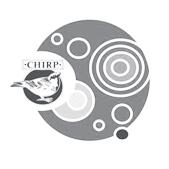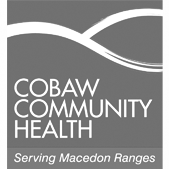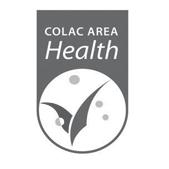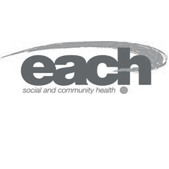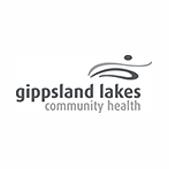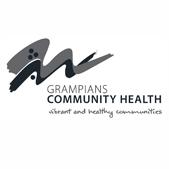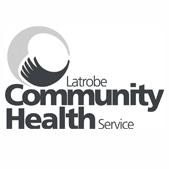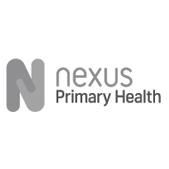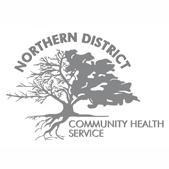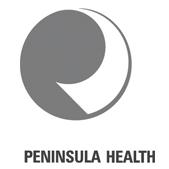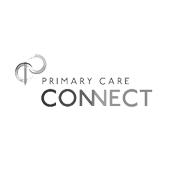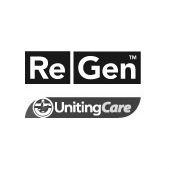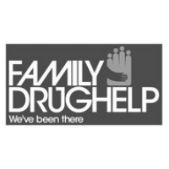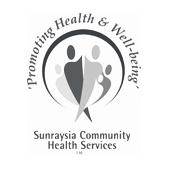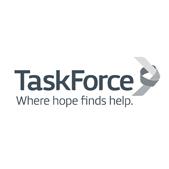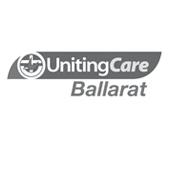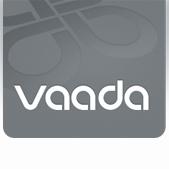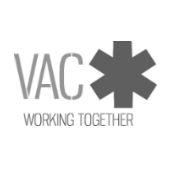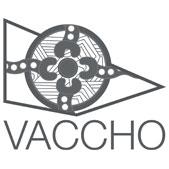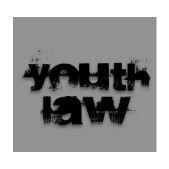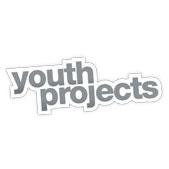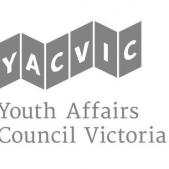Drug Facts
Heroin-Fast facts for schools
A young person affected by heroin will typically appear sleepy, with slowed movements and poor co-ordination ‘on the nod’. They may also appear to be itchy, scratching their arms and body.
WHAT?
Heroin is an illegal substance that is extracted from the opium poppy. It is in the same family of drugs as the pain-killing medication morphine.
OTHER NAMES
Smack, skag, H, dope, junk, hammer, slow, gear, Harry, big Harry, horse, black tar, china white, Chinese H, white dynamite, dragon, elephant, homebake, poison.
SIGNS THAT SOMEONE MAY BE USING OR DEALING AT MY SCHOOL
Heroin can range from being a fine, white powder through to off-white granules or pieces of brown rock. It is odourless with a bitter taste. It commonly comes wrapped in aluminium foil, known as ‘foils’, and/or small, coloured balloons. Other things to look out for are injecting paraphernalia such as tourniquets, alcohol swabs, fine orange capped needles, and spoons bent so that they sit flat on a level surface.
SIGNS THAT SOMEONE HAS RECENTLY USED THIS DRUG
A young person affected by heroin will typically appear sleepy, with slowed movements and poor co-ordination ‘on the nod’. They may also appear to be itchy, scratching their arms and body. Eyes will appear glassy with pupils smaller than usual. In the instance of an overdose, a young person will be unresponsive (sleeping but unwakeable) with bluish lips and slowed breathing. In this instance, ‘000’ should be called immediately.
HOW COMMON IS USAGE?
In 2010, a little over 1 in 100 Australians had ever used heroin. Like most drugs, heroin availability fluctuates and in 2013 heroin was the 4th most commonly used drug by young people accessing drug and alcohol treatment services.
IMPLICATIONS FOR THE CLASSROOM
In our experience, heroin use in a young person other than once off experimental use, is often related to high psycho-social vulnerability. If you do suspect heroin use amongst a student, surrounding that young person with support factors and getting school welfare involved would be a good starting point.
IMPLICATIONS FOR SCHOOL CAMP
If a young person has ever been dependent on heroin (uses the drug every day and gets sick when they don’t use) gone to treatment and returned to school, there is a chance they may still be on medication to manage their dependency. Pharmacotherapy (also known as Methadone or Buprenorphine, Suboxone) is a daily medication that keeps withdrawal symptoms and cravings at bay. This medication – like some ADHD medications - needs to be stored securely. The prescribing Doctor and Pharmacist should be contacted early in the School Camp planning process to arrange a way for this to be done.
For a more comprehensive guide we recommend the ADF’s fact sheet.
